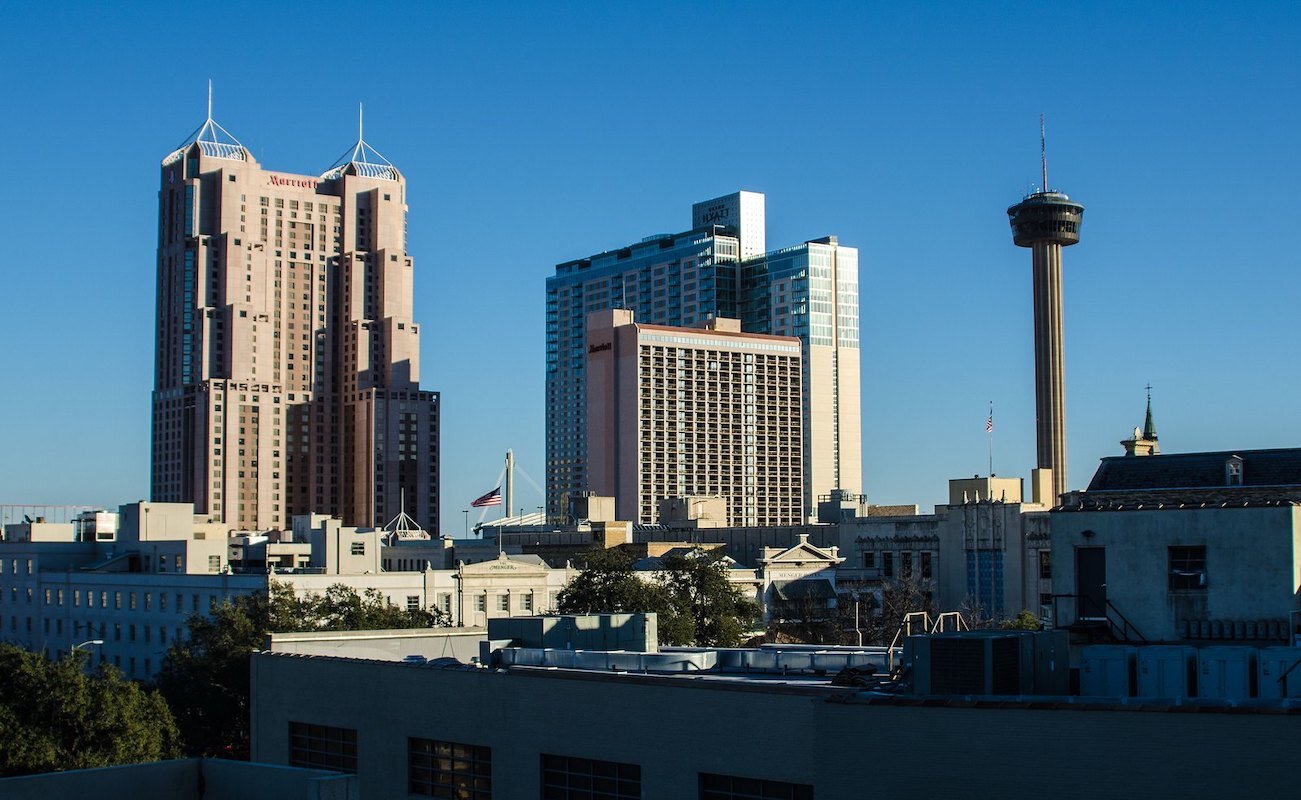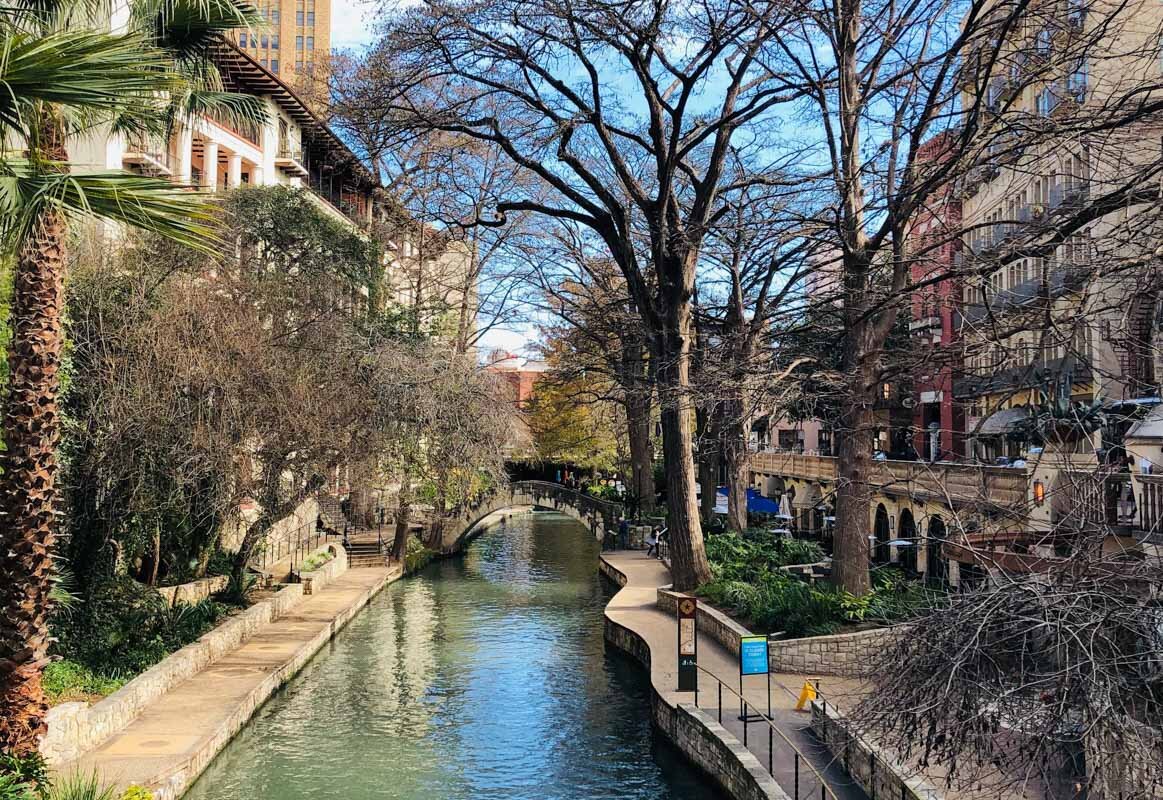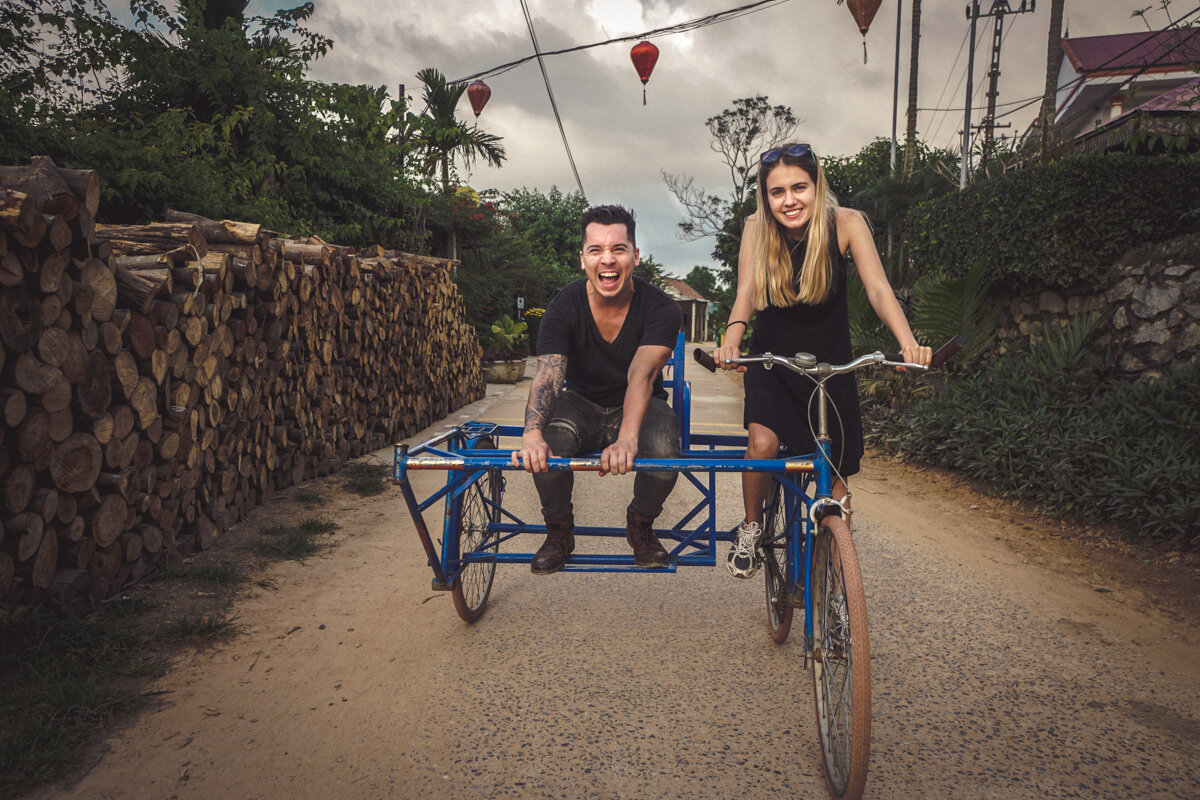Free things to do in San Antonio
/Being the seventh-largest city in the country, San Antonio, Texas can definitely boast a lot of free or cheap things to do! This major city was founded before Texas gained independence from Mexico so San Antonio still combines a mixture of cultures. The city used to be inhabited by the Spanish missionaries and the military, German merchants, southern planters, ranchers and architects.
Their presence is still felt in the city center, in the culture and cuisine of San Antonio. The city is also known primarily for parties, eclectic architecture, the Alamo, and of course the San Antonio Spurs. You'll be amazed at all there is to see and do for free in San Antonio.
Table of Contents
Free Historical Sites to visit in San Antonio
The Alamo
With numerous things to do in San Antonio for free, Alamo is a must-visit! Alamo is a former Catholic mission founded in the 18th century by Spanish missionaries and originally known as San Antonio de Valero (a combination of names St. Anthony of Padua and Marquis de Valero, Viceroy of New Mexico). The goal of the missionaries was to convert the Indians to the Christian faith since fighting with the local population was always more burdensome than making them change sides.
The missionaries, however, were not so naive as to rely entirely on God's will, so Alamo looks more like a fortress than a religious building.
Admission Free: donations accepted.
Learn more at the Alamo
King William Historic Area
This 25-block area is located on the south bank of the San Antonio River and right near downtown. In the late 1800s, the King William District was the most elegant residential area in the city with prominent German merchants being original settlers. Later on, it became the state's first historic district and it still is a fashionable neighborhood.
Learn more at King William Historic Area
Guenther House
Carl Guenther, who is prominent for founding Pioneer Flour Mills, built this elegant home in 1860. The 3-story restored house offers interesting architecture and features a restaurant, banquet hall, museum with memorabilia and a souvenir shop.
Learn more at Guenther House
Free Missions and Churches
San Antonio Missions National Historical Park
The park was founded in 1983, and the buildings that are on its territory date back from 1690 to 1720. All of them were called upon to fulfill one goal - to spread Christian teaching among the local population.
Today, the missions are an interesting monument of Spanish Baroque architecture and the vast park grounds receive more than 500,000 tourists a year.
The area of this UNESCO World Heritage Site includes four of the five old Spanish colonial churches (missions): Mission San Jose, Mission San Juan, Mission Concepcion, and Mission Espada (the Alamo is the fifth mission). The best news is that you can visit not only the park but also all the missions in San Antonio for free!
Learn more at San Antonio Missions
Mission Concepcion
From 1731, religious festivals were held as friars strove to replace traditional Native American rituals by the demonstration of Christian ideals. You can see the remnants of wall and ceiling paintings in some rooms and explore the surrounding grounds.
Mission San Francisco de la Espada
Espada seems to be as remote today as it did in the mid 1700s. It is unique for having the best-preserved segments of the historic acequias (the irrigation system designed to provide water for crops) part of which includes the still working Espada dam and aqueduct.
Mission San Jose
Founded in 1720 by Fray Antonio Margil de Jesϊs, San Jose became the largest and best known of the Texas Missions and was viewed as the model among Texas missions. In 1777 a visitor referred to the structure as the "Queen of the Missions" and this name is used still today.
Mission San Juan Capistrano
This mission used to be a supplier of agricultural produce which supported other missions. This site includes a self-guided nature trail and features a bell tower that is still in use.
Free Creative Spaces of San Antonio
La Villita Historic Arts Village
The settlement was created in the 19th century and was inhabited mainly by Mexican and later by Texas soldiers. After a major flood, the flimsy buildings were replaced by the sturdy clay and brick structures. By the beginning of the 20th century, German and French immigrants - businessmen, bankers, artisans - began to settle here, but after a while the area turned into slums. The River Walk, the rebuilt embankment, was able to breathe new life into it.
Today, La Villita is one of the most interesting free things to do in San Antonio, where you can find art galleries, unusual handmade souvenirs shops, restaurants and even its own soap factory. We liked La Villita for its positive energy and carefully maintained ambiance of the "good old" times of Texas.
Learn more at La Villita
Market Square - El Mercado
From early morning until late at night, Market Square is bustling with activity. El Mercado’s area is patterned after an authentic Mexican market where visitors can browse through numerous shops.
Market Square is also the scene of many Hispanic festivals where you can try traditional food and beverages.
Learn more at Market Square
Artpace San Antonio
Artpace San Antonio is a nonprofit program that provides residency and support to artists both from the US and from abroad. The unique thing about Artpace is that three times a year, they invite three artists to live and create art in San Antonio for two months. For each two-months cycle, they sponsor one international, one national, and one Texas-based artist.
Their values are to be collaborative, innovative, diverse, global, distinctive while providing artists with the necessary support and guiding them to move forward and expend their bounds of creativity.
Some of the best modern art is displayed to the community at no cost, however, donations are always welcome to help keep this amazing project going.
Learn more at Artpace San Antonio
Southwest School of Art & Craft
Visitors can see free contemporary art exhibitions and lectures by visiting artists, and scroll the picturesque grounds of the historic Ursuline Campus, once a girls’ school and convent. Guided tours, a sales gallery and a weekday lunch restaurant are available.
Learn more at Southwest School of Art & Craft
Free Parks and Recreational Areas
The River Walk
If you just walk through San Antonio and don’t know exactly what to look for, you will never say that this city is sometimes called “American Venice”. On the surface, it is just an outstanding example of Tex-Mex architecture. But if you go down the main roadway, following the River Walk sign, it’s as if you are jumping through a rabbit hole and quickly transported to another place – a festive city along the river with countless restaurants, shops, clubs and hotels.
River Walk (or Paseo del Rio) - is a pedestrian promenade in the very center of San Antonio, located one level lower than the actual city, as if lost and hidden among the trees and buildings. The visiting card of the embankment is multi-colored umbrellas of numerous cafes and restaurants. All these bright umbrella colors make the River Walk so festively elegant and resort-like relaxing.
Pro tip: The best time to visit the River Walk, and San Antonio, is mid-spring during Fiesta.
Visiting Fiesta is definitely one of the best free things to do in San Antonio in spring. Fiesta is an annual holiday, celebrated since the 19th century in honor of the memory of those killed in the battle of Alamo and San Jacinto. The Fiesta hosts a very colorful parade with flowers, decorated boats, parties and carnivals. A separate line is the procession of women dressed in yellow ("Texas Yellow Rose" - Texas folk song). If you find yourself in San Antonio during the Fiesta, you will be all set with extremely colorful and lively photos.
Do not forget to visit the River Walk in the evening when the promenade has a more romantic and mysterious feel to it: multi-colored lights, louder and livelier music.
Learn more at the San Antonio River Walk
Brackenridge Park
Brackenridge is a public park just a bit north of downtown San Antonio. The park features many attractions such as the San Antonio Zoo, the Witte Museum, the Japanese Tea Gardens, and many others. While access to the park is free, there is an admission fee for some of the attractions.
However, you can always enjoy the scenery, go jogging, hiking, biking, birdwatching, and simply enjoy nature free of charge. Brackenridge Park is open daily from 5 a.m. to 11 p.m.
Learn more at Brackenridge Park
Japanese Tea Garden (the Sunken Gardens)
The Japanese Tea Garden has a long history of over 90 years since it was first opened in an abandoned limestone rock quarry early in the 20th century. Since then the park has overgone numerous restorations and has become one of the community's most favorite cultural resources.
The garden features Japanese landscape design elements such as stone arch bridges, an island, styled walkways, Japanese pavilion, the waterfall and, of course, exotic plants.
With all that being said, the Tea Garden is open 365 days a year which makes it one of the perfect free things to do in San Antonio at any time.
Learn more at Japanese Tea Garden
japanese garden free entry san antonio
San Pedro Creek Culture Park
San Pedro Creek Culture is a place in the downtown area where purpose meets beauty as it serves as a vital infrastructure. Their vision and goal is to create a world-class linear park that is not only beautiful but also culturally significant due to the history, identity, and traditions of the community around it.
Learn more at San Pedro Creek Culture Park
Hemisfair Park
Built over the neighborhood used for the 1968 World’s Fair, Hemisfair is a community with residencies and a public park open 7 days a week in the heart of Santonio. It’s a step away from the Tower of the Americas, which was built for HemisFair ‘68, and operates by this day while the majority of other structures went unused after the World’s Fair.
These buildings and land sat there unused and falling apart until their first project Yanaguana Garden in Hemisfair opened to the public in 2015.
Their sustainability plan envisions a mixed-use neighborhood on 104 acres hence they have 2 more parks to be opened in the next few years.
Learn more at Hemisfair Park
Hemisfair’s Yanaguana Garden
Linked to the River Walk, 15-acre Yanaguana Garden is a park at Hemisfair. Yanaguana is an ultimate playground for kids and a gathering place for adults. It offers activities for all ages, including climbing on playground structures, swings, sandpits, a splash pad to cool off with, chess tables and an outdoor seating and dining area.
Throughout the year, Slab Cinema shows outdoor movies and on the weekends you can enjoy the farmer’s market, street fairs, and musical acts.
Apart from that, Yanaguana Garden is home for a series of public art installations called PLAY. Unlike most art installations, these ones encourage people and kinds, in particular, to touch and climb to encourage hands-on learning.
Learn more at Yanaguana Garden
Phil Hardberger Park
Easily one of the top free things to do in San Antonio as it has something for everyone in the entire family! You can literally turn this park into an entire day activity with its trails, playgrounds, benches, bbq pits, basketball courts, bike paths, and best of all FREE WIFI!
We suggest you get there early on the weekends as all the good picnic tables and bbq spots will fill up fast!
Side Note: Do not bring your own bbq pit as it’s prohibited as is glassware!
Learn more at Phil Hardberger Park
Further reading:
- Check out these unusual places to stay in San Antonio.
- Thinking of making it permanent? Learn about land for sale in Texas.
- Don't miss these San Antonio culinary classics.






















